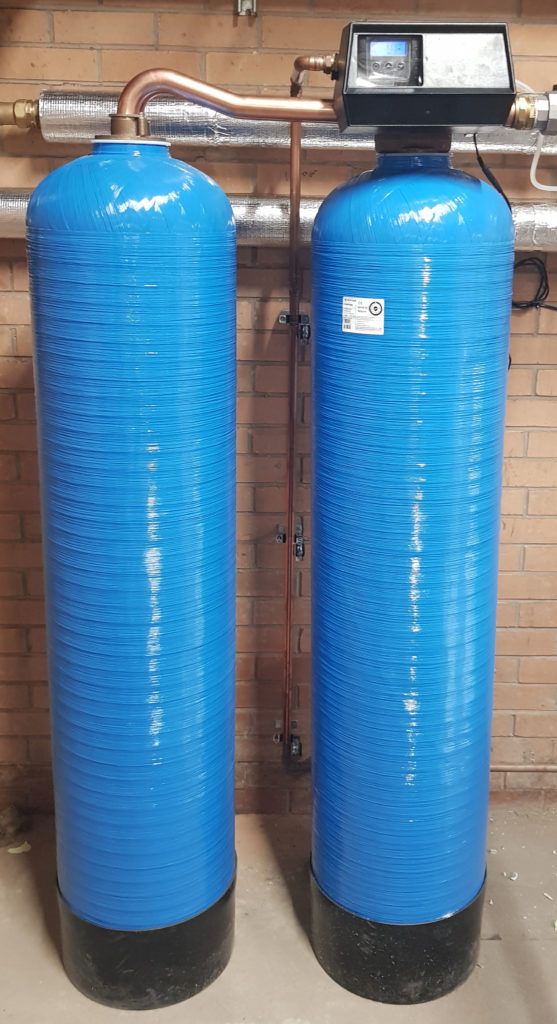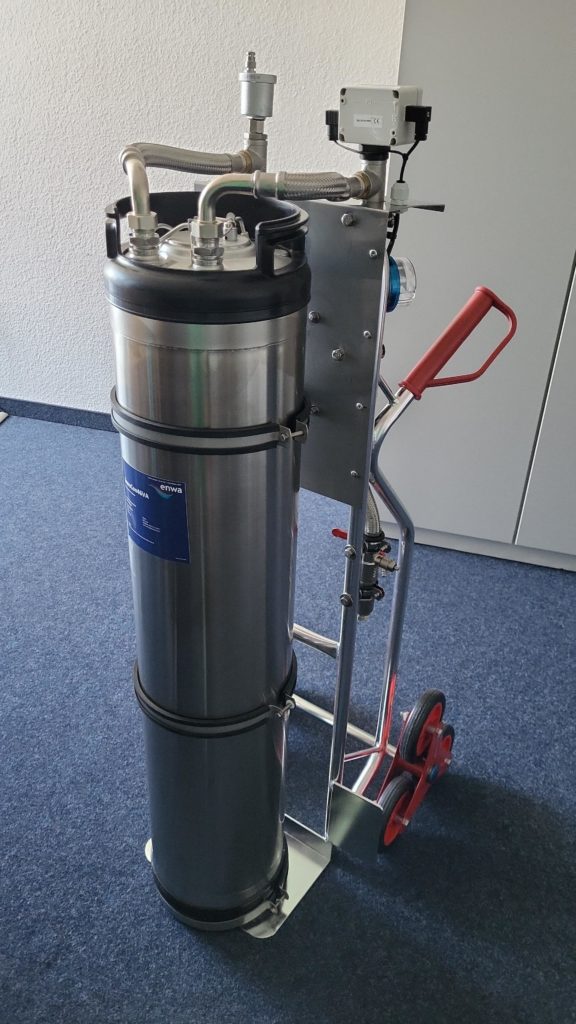Although water treatment guidelines and standards may seem like a highly specialised topic, it is helpful to understand some of the documents in this field and how they are applied to your projects.
This is because some guidance for systems has significant implications for installation, commissioning, and maintenance. In other words, it is essential to understand what standards are being asked for (and how they are applied) in your specifications because the resulting system could be more challenging and costly.
One example is a guidance document titled VDI 2035, which has come out of Germany but is being more widely discussed in the UK.
Although it contains some useful elements, there are significant implications for system designers, contractors and building managers.
VDI 2035 is a guide for water treatment in heating systems up to 100oC. It is published by the Association of German Engineers. In common with the UK’s BSRIA BG29 and BG50, this is guidance only, not regulation, and it is essentially a description of an alternative approach to achieving common goals for water treatment in buildings.
If we take the issue of scale prevention, VDI 2035 requires the designer to confirm three factors:
- Total heating output (kW)
- Specific system volume (litres/kW)
- Total hardness of the fill water
Using these figures, VDI 2035 provides a table of values to determine the requirement for softening or demineralisation of the filling and make-up water.
This guidance emphasises sealed systems – in which make-up water is less than three times the system volume over the system’s life. This would be approximately 12% of make up water volume over 25 years.
If that volume is exceeded, the water must be softened (and make-up to systems must be metered). Since it can be difficult to predict in practice what that volume might be, clients will have to cost in the softening process and other work involved in meeting this requirement.
Another critical point about VDI 2035 is that it requires systems to be tightly sealed. This is central to corrosion control by managing oxygen content in the water. VDI 2035 describes several ways oxygen might enter a system: incorrect pressurisation, air ingress during filling, and open expansion systems, among others.
The problem for engineers, in this case, is that maintaining a sealed system is well-understood in modern system design but is far more challenging in older heating systems, particularly in refurbishment projects. There are implications for the design, delivery, installation and commissioning processes, which must all focus on delivering a sealed system.
When it comes to bacterial control, VDI 2035 does not consider biocide dosing effective. While this is sound in principle, it may not be practical in the UK.
Here, our move towards heat pumps and reduced LTHW temperatures put more emphasis on microbiological control. BSRIA provides more detail in this respect, advising routine monitoring so increasing trends in biological build-up are quickly identified and rectified.
And at the commissioning stage, contrary to UK standard practice, VDI 2035 does not require chemical cleaning, relying instead on dynamic flushing.
Alternatively, filtration can be used where ‘clean construction’ techniques prevent contamination. Air venting takes place during filling before the gradual heat-up phase. Total hardness and conductivity are tested. The pH is checked after a minimum of ten weeks of operation.
This means that the designer must take greater control over the construction methods, filling and water management process. At the same time, the contractor must be fully engaged and familiar with commissioning systems in the methods outlined in VDI 2035.
In addition, existing systems may require flushing and refilling so that a fresh start can be made. System operators will require instruction in the alternative monitoring requirements and the actions that must be taken in the event of non-compliance.
Enwa is an international company, so we have worked to the VDI 2035 guidelines across Europe, where construction and building teams are used to its requirements.
However, when it comes to applying the guidance to projects here, clients may be better served by using our existing BSRIA documentation. This is widely understood so designers, installers and commissioning specialists can be confident of meeting its requirements. And they know that the system they leave behind has no nasty surprises regarding costs for building managers.
Should you have any questions related to softened or demineralised fill water or how to fully control pH correction and elevation, safe pH ranges for different metals and system components and how to protect manufacturer warranties please contact ENWA at uksales@enwa.com









